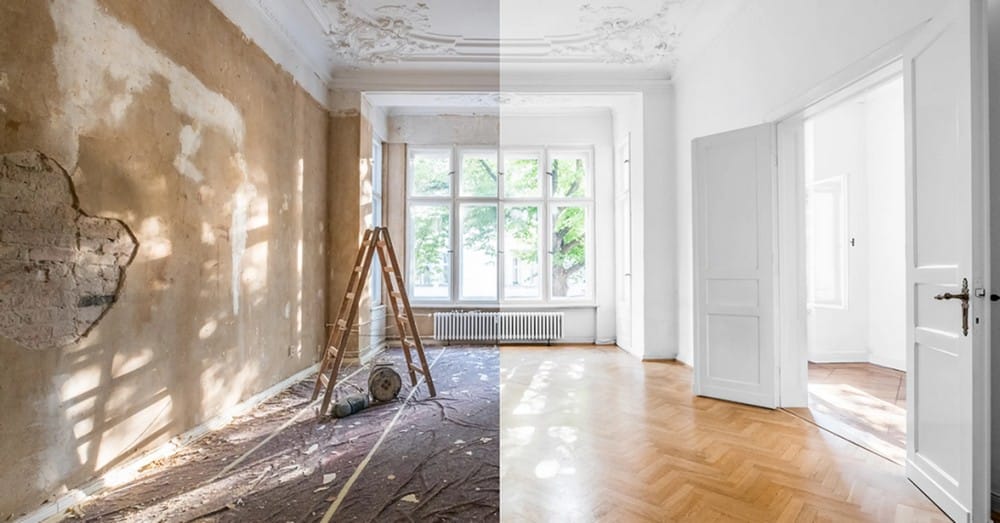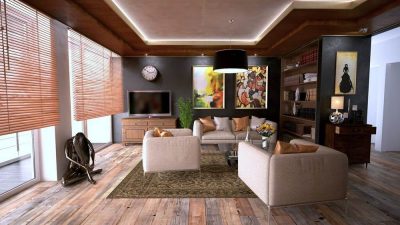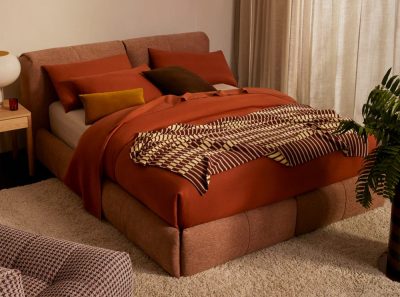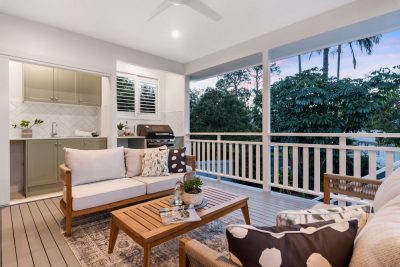
When you’re working with a smaller space, every square inch matters. Compact homes come with their own set of challenges, but with smart planning and a few clever upgrades, you can turn even the tightest quarters into something functional, stylish, and—most importantly—yours. Let’s dive into how you can make the most of what you’ve got and create a space that works hard for you.
Prioritize Multi-Functional Furniture and Built-Ins
In a small home, your furniture needs to pull double duty. Built-ins are a game-changer when it comes to creating more usable space. Adding shelves under the stairs, custom closets, or drawers beneath your bed can transform those underutilized areas into clever storage solutions.
The best part? Built-ins look seamless and keep your home free of unnecessary clutter.
Multi-functional furniture is another must-have. Think of a sofa that turns into a bed, a dining table that folds into the wall, or a coffee table with hidden compartments. These options allow you to use your space differently throughout the day without sacrificing style or comfort. When every piece in your home serves more than one purpose, you’ll find you don’t need as much room as you thought.
Open Up the Space with Smart Layout Adjustments
The layout of your home can make or break how spacious it feels. Removing non-structural walls is a simple yet effective way to create an open-concept layout that lets light flow through the space. Even a small home can feel airy and expansive with fewer barriers between rooms.
Just make sure to consult a professional before tearing down any walls—you don’t want to accidentally knock out something load-bearing.
Another smart move is to make rooms do double duty. For instance, a home office can also serve as a guest bedroom by adding a Murphy bed that folds into the wall when not in use. A laundry room can double as a storage area with custom cabinets or shelves. By thinking creatively about how to use each space, you can get more functionality without needing more square footage.
Maximize Natural and Artificial Light
Light is everything in a small home. It can make the difference between a space feeling cozy or claustrophobic. If possible, consider adding larger windows, glass doors, or even a skylight to let in more natural light. If renovations like that aren’t an option, use sheer curtains, mirrors, or reflective surfaces to amplify the light you already have.
Artificial lighting also plays a big role. A layered approach works best—combine overhead lights, wall sconces, and table lamps to illuminate every corner. Not only does this make the space feel brighter, but it also lets you adjust the lighting to set the right mood, whether you’re working or winding down.
Optimize Storage and Declutter Strategically
Clutter is the enemy of small spaces, so it’s crucial to make storage a priority. Start by purging anything you don’t need. If it hasn’t been used in the past year, it’s probably safe to let it go. This step alone can make your home feel significantly bigger.
For the items you do keep, look for hidden storage solutions. Ottomans with compartments, beds with built-in drawers, and wall-mounted organizers can help keep things tidy without taking up valuable floor space. The key is to have a designated spot for everything—when your belongings are organized, your home will feel more open and less overwhelming.
Improve Indoor Air Quality for Comfort and Health
Small homes can trap a surprising amount of dust, allergens, and pollutants, which is why clean air should be a top priority. Good indoor air quality not only keeps your home feeling fresh but also contributes to your overall health and comfort.
One of the easiest ways to improve air quality is by upgrading your air filters. If you have an HVAC system, opt for pleated filters or carbon filters to capture allergens and eliminate odors.
These should be replaced regularly to maintain their effectiveness. For rooms without central air, a portable air purifier can do wonders. It’s a simple addition that can make a big difference, especially in bedrooms or other areas where you spend a lot of time.
You can also bring in a few houseplants to help clean the air naturally. Not only do they look great, but they can also absorb toxins and release oxygen, making your space feel more alive.
Just don’t go overboard—you still need space for you.
Leverage Color, Patterns, and Design Elements
The right colors and patterns can make even the smallest room feel bigger. Stick to light, neutral tones like white, beige, or light gray to create an airy atmosphere. If you want to add some personality, use bold colors sparingly in accents like throw pillows, rugs, or artwork.
Patterns and textures can also work to your advantage. Vertical stripes can make ceilings feel higher, while mirrors can create the illusion of depth. The trick is to keep things balanced—too many patterns can make a small space feel busy, so choose a few elements that complement each other.
Wrapping It Up
Living in a small space doesn’t mean sacrificing comfort or style. With the right approach, you can make your compact home work smarter and feel bigger than it is. And don’t forget about the air you’re breathing—keeping it clean is just as important as keeping your space organized.
Small space, big impact. It’s all about working with what you’ve got and making it your own.








